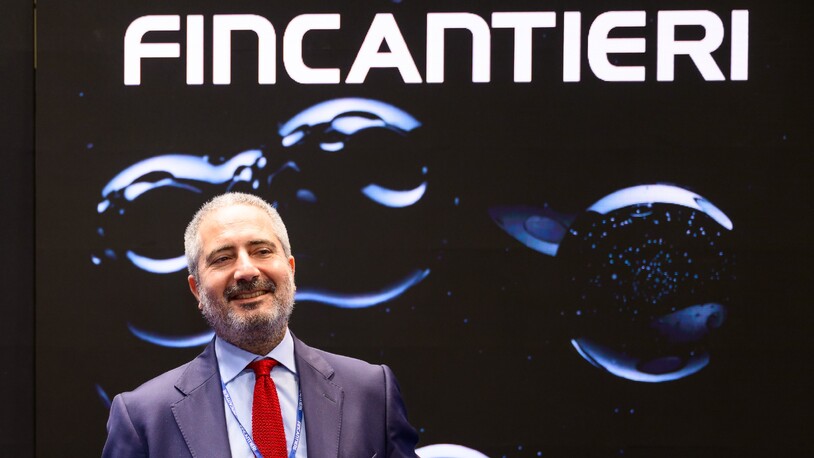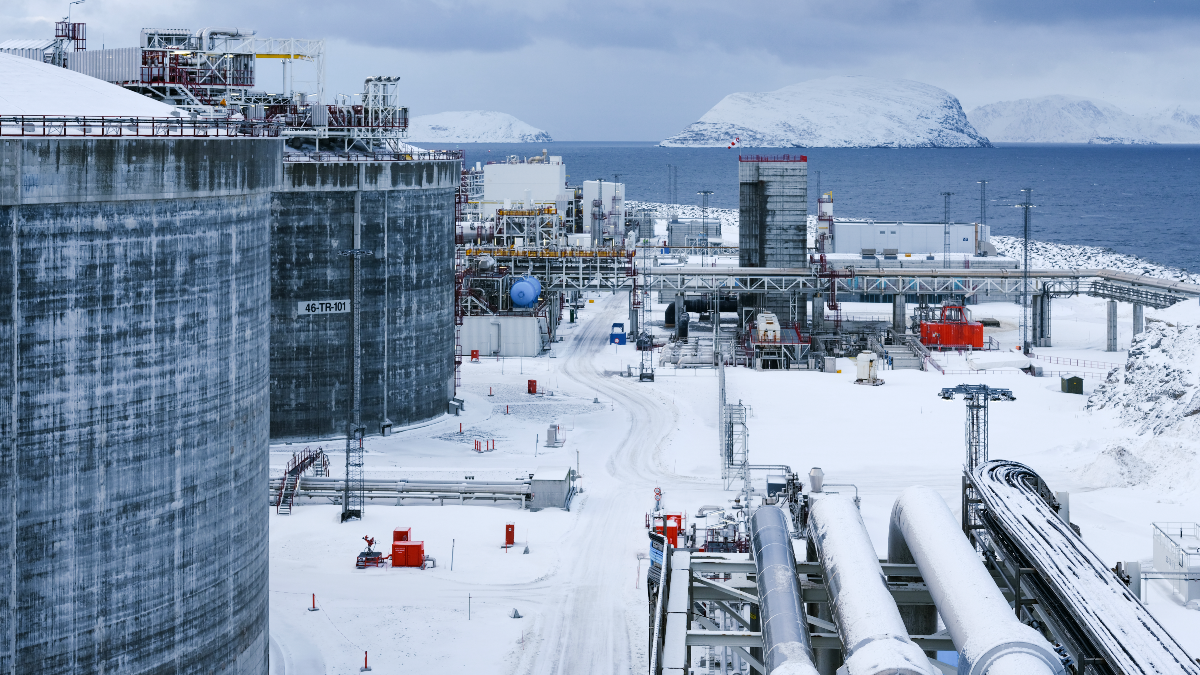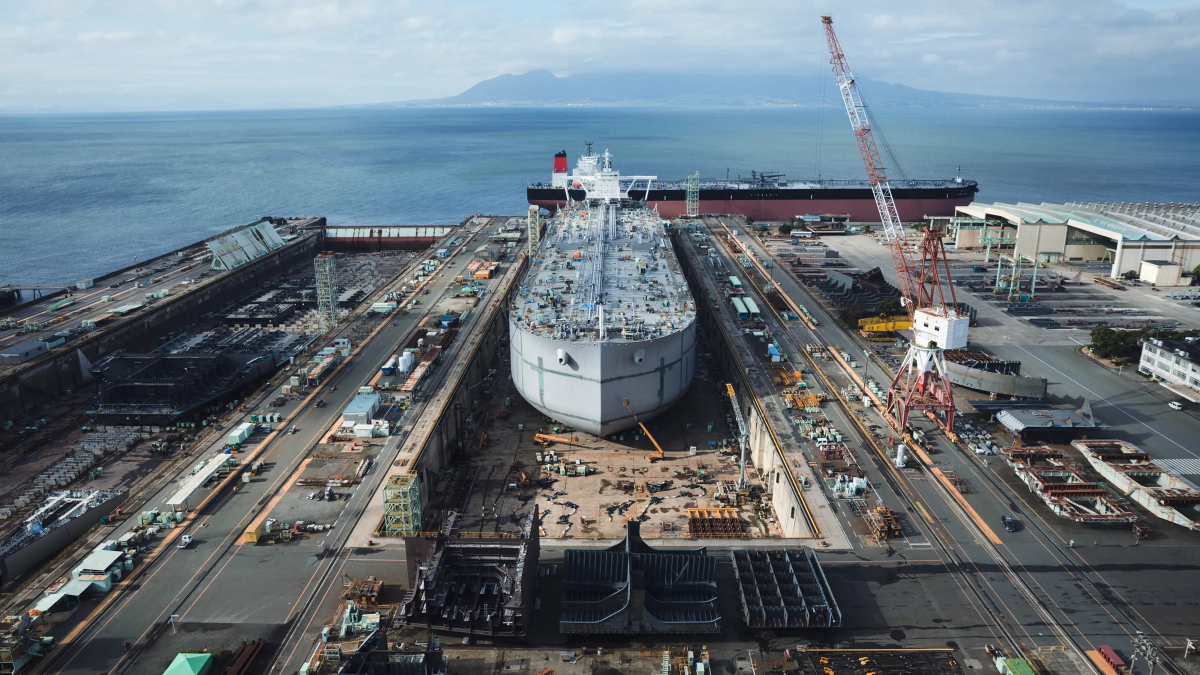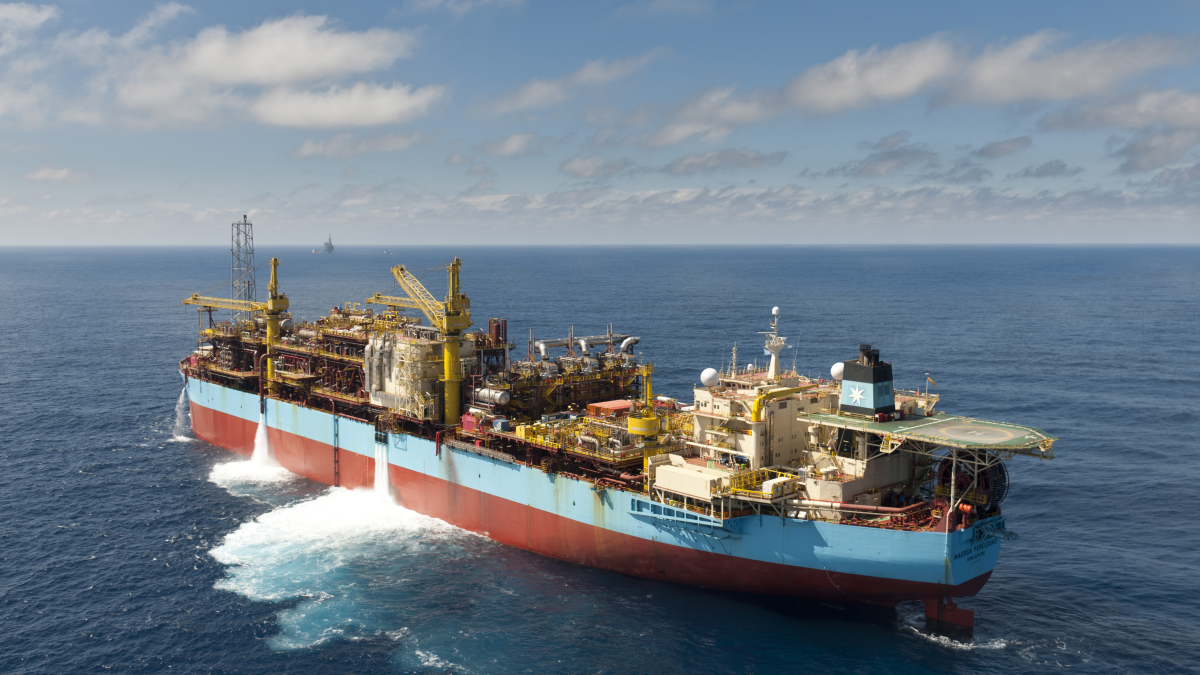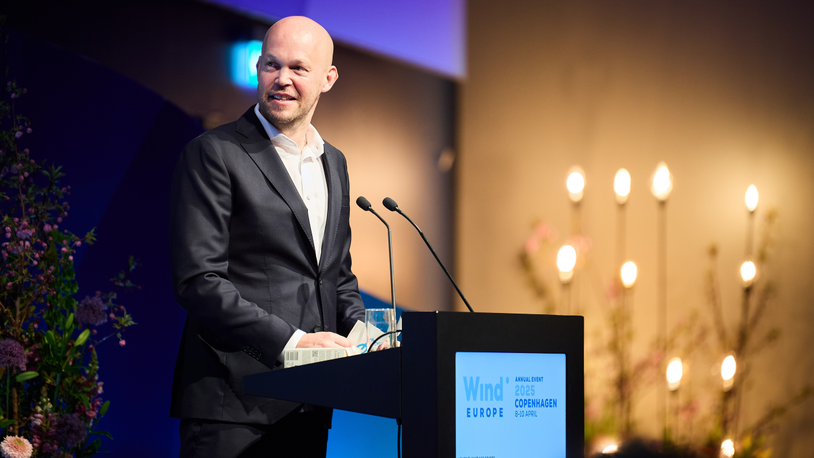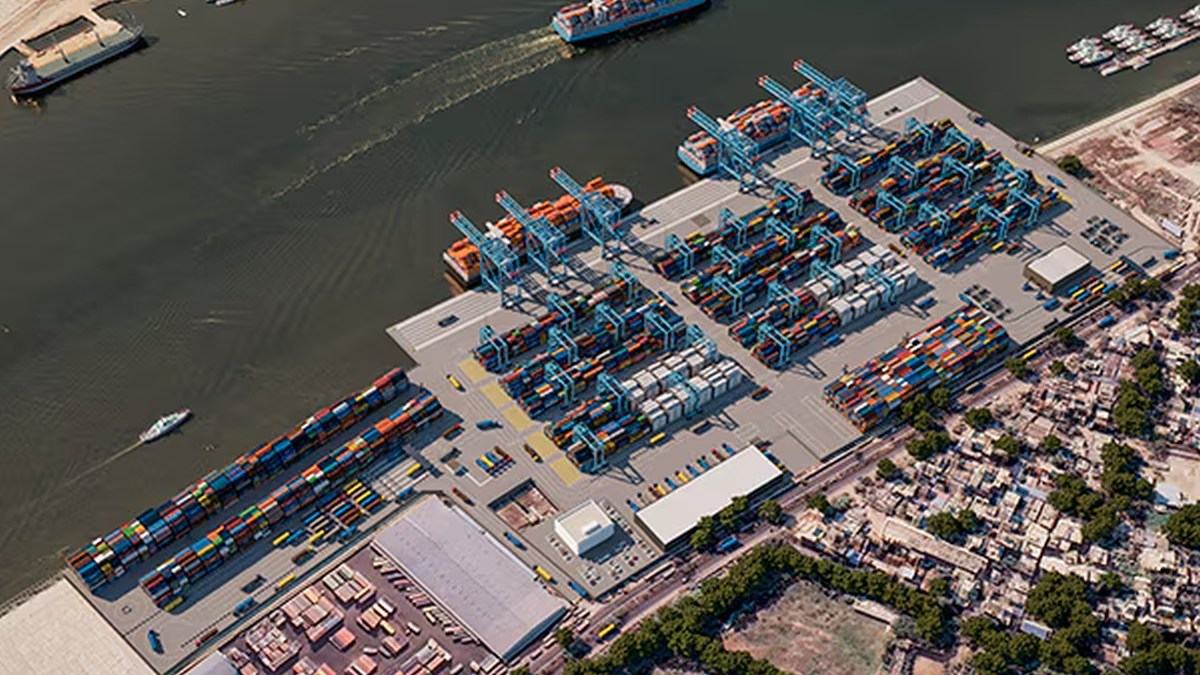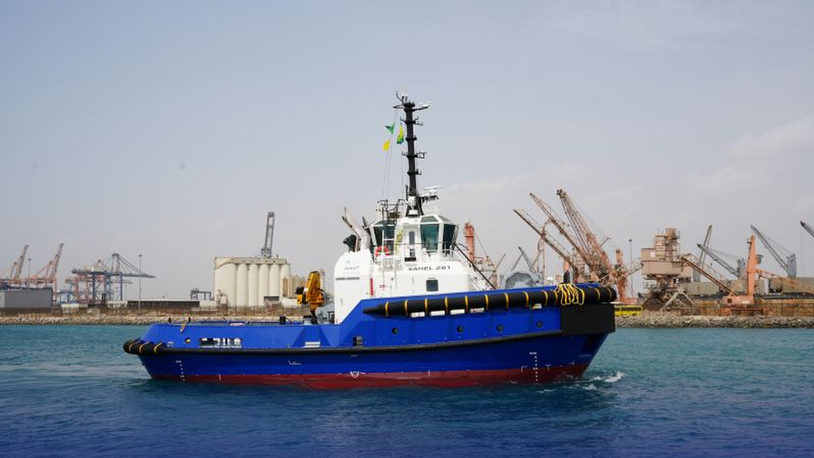Business Sectors
Events
Contents
MEG venting caused 37 people to seek medical attention at Hammerfest LNG
Equinor’s internal investigation into a series of health reports from Hammerfest LNG workers between mid-2024 and mid-2025 points to monoethylene glycol exposure as the cause
An internal investigation has determined the cause of a series of health incidents at the world’s northernmost LNG liquefaction, processing and export plant that resulted in more than three dozen employees reporting symptoms including headaches, nausea and dizziness and nine of the employees missing work.
Oil and gas major Equinor’s report said that a combination of vented monoethylene glycol (MEG) and wind conditions that pushed volumes of the gas into work areas resulted in four MEG exposure incidents that affected 37 employees at Hammerfest LNG on the island of Melkøya near the northernmost reaches of Norway, on the Barents Sea.
Equinor said its report points to insufficient risk assessment prior to the project’s start-up "as the reason why several incidents occurred during the one-year period".
“We must acknowledge that we should have gone more in depth to identify the causes when the first incidents of exposure occurred at Melkøya last summer," Equinor senior vice president onshore plants, Christina Dreetz said.
A dehydrating agent used to safely liquefy natural gas by preventing the formation of solid, water-based clathrates that can block piping in LNG infrastructure, MEG is often injected into pipelines to depress the freezing point of the water and ensure the smooth flow of gas through the processing facility.
Hammerfest LNG, which receives and processes natural gas extracted from the Barents Sea’s Snøhvit gas and condensate field, has several MEG tanks on site. The tanks are vented to ensure pressure levels within the tanks remain at safe levels, and the venting, using openings in the tanks to allow gas to escape, can be either automatic or part of a human decision chain.
The gas tanks are vented at heights of 18-25 m, according to Equinor, but changes to the composition of the natural gas brought in from offshore wells or temperature fluctuations have caused changes to the composition of the vented gas, which would normally be made up only of the inert gas nitrogen and water vapour. When the gas changed composition, chemicals such as benzene and volatile organic compounds were present, which are harmful to humans when inhaled. And when wind conditions pushed the vented gas into areas where work was taking place, exposure incidents resulted.
Equinor’s report classified the likelihood of long-term health impacts from the exposure incidents that caused "discomfort or illness" among some of its workforce as unlikely.
"Reactions to vented gas and the associated odour is a cause of the various health issues experienced by personnel, but it is unlikely that the exposure has led to long-term health issues," Equinor said.
A chemical safety data sheet published by UK-based chemical manufacturer Wessex Chemical Factors lists inhalation of concentrations of MEG at levels measured at 7 and 35 mg/m3 of air among its warnings of potential long-term effects for the general population, but does not specify the long-term risk, nor classify inhalation of the gas as being acutely toxic.
In response to the exposure incidents, Equinor says it has taken ’measures’ to ’manage’ the risk of exposure incidents in the future. The measures include the installation of a temporary filtration solution, improved monitoring, mapping and sampling of vented gas from the MEG tanks, as well as measurement routines at ground level, Ms Dreetz said.
"Through measures implemented both during and after the investigation, we now have routines that enable us to manage risk more effectively,” she said, with Equinor noting that several types of measurements also have been carried out to map the gas composition and exposure risk in the area.
“The results show that most measurements have generally been low. Measurements of benzene and other volatile organic compounds have been sporadic and short-lived,” according to Ms Dreetz.
In addition to naming the cause of the exposure events and outlining the testing routines and risk management activities taken by Equinor, the company’s investigation report shows that lack of ownership, communication and follow-up of measures between the Snøhvit Future project and the operations organisation at Hammerfest LNG contributed to the exposure risk not being managed well enough.
Sign up for Riviera’s series of technical and operational webinars and conferences:
- Register to attend by visiting our events page.
- Watch recordings from all of our webinars in the webinar library.
Related to this Story
Events
Maritime Navigation Innovation Webinar Week
Offshore Support Journal Conference, Middle East 2025
© 2024 Riviera Maritime Media Ltd.

